This is one of the most intriguing natural formations we have come across in our travels around the country and the planet. Located near the Continental Divide off of Highway 53 – the dirt road leading to the parking lot is about 1/2 a mile (12000 Ice Caves Rd). A small gift shop greets visitors when they exit their vehicles – also a ‘gemstone sluice’ with running water is located here (inquire about panning prices within the shop) and a small cabin that visitors can rent for the night if it is not already reserved.
Two trails are located on the property – one leads to the Bandera Crater Lookout Point and passes near what is one of the oldest Douglas fir trees in the state (estimated to be around 700 years old). Bandera is the largest volcano remnant in the region. Allow about 30 minutes for this round trip hike – note that the lookout is not on top of the crater but only partially up one of its sides. And the second trail leads to why nearly all visitors have come here for – the ice cave.
This cave is remarkable – the ice is directly covered by the cave’s ceiling but the cave itself is completely open to the natural ambient air. During a visit it was about 85 degrees outside and as we descended the steps leading to the ice cave, the temperature dropped dramatically at one point within about a length of approximately 2 feet we estimate the temperature dropped about 40 degrees Fahrenheit. On a hot day, this chill feels very refreshing. The ice remains year round as the temperature in this section of the cave never rises above 31 degrees Fahrenheit. Several ice stalactites hang from the ceiling.
It is estimated the ice is at least 3,400 years old with its deepest section more then 20 feet. Visitors will notice two levels to the ice – one slightly above the other. The reason for this is that ice used to be harvested by Indians and then later settlers to keep their drinks cold. By the time all ice excavation stopped in 1946 the difference between these two levels was about 12 feet difference in height. Today it is narrowed to only about a foot difference. The ice is fed by rainwater and snow melt.
For more information, visit: www.icecaves.com

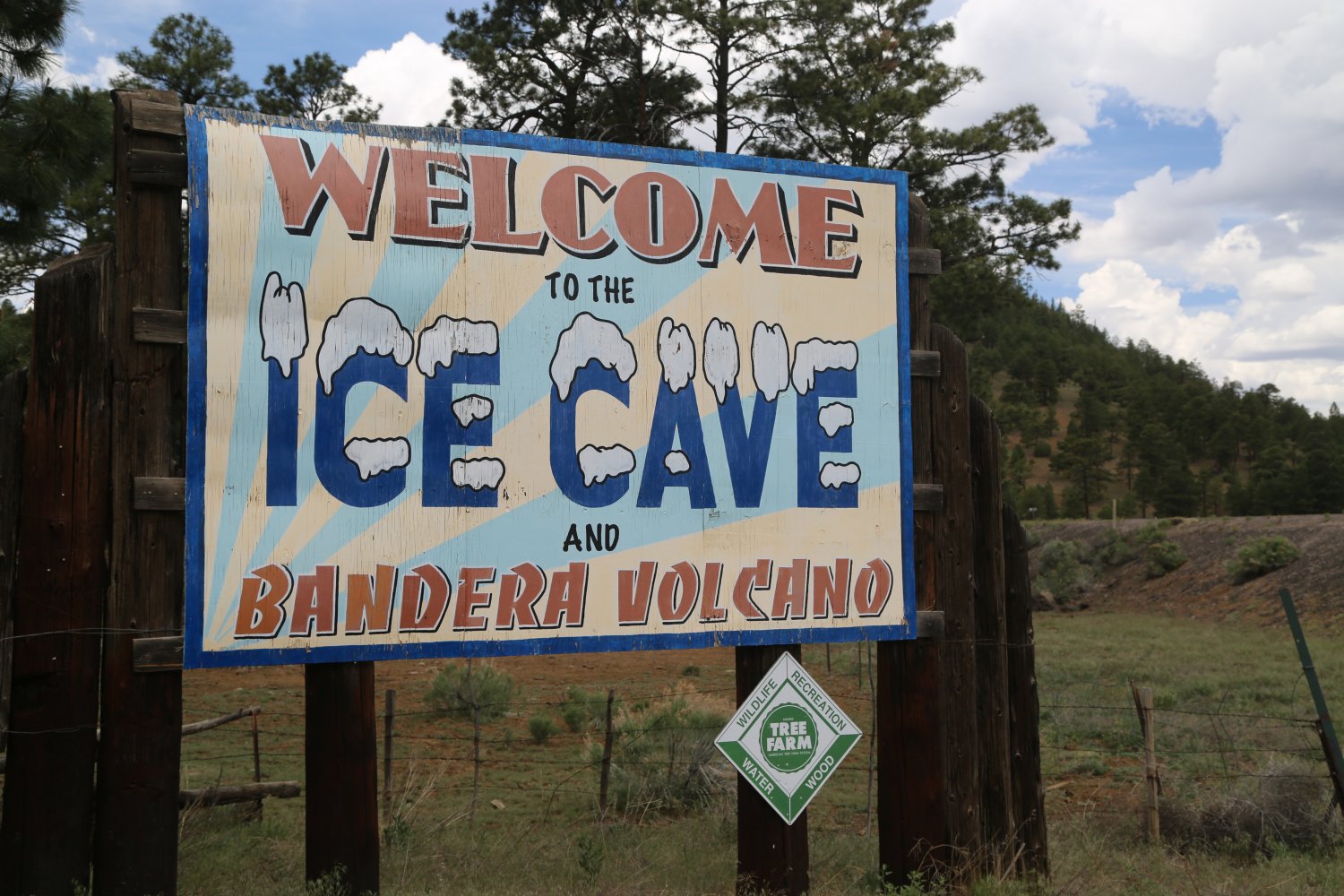
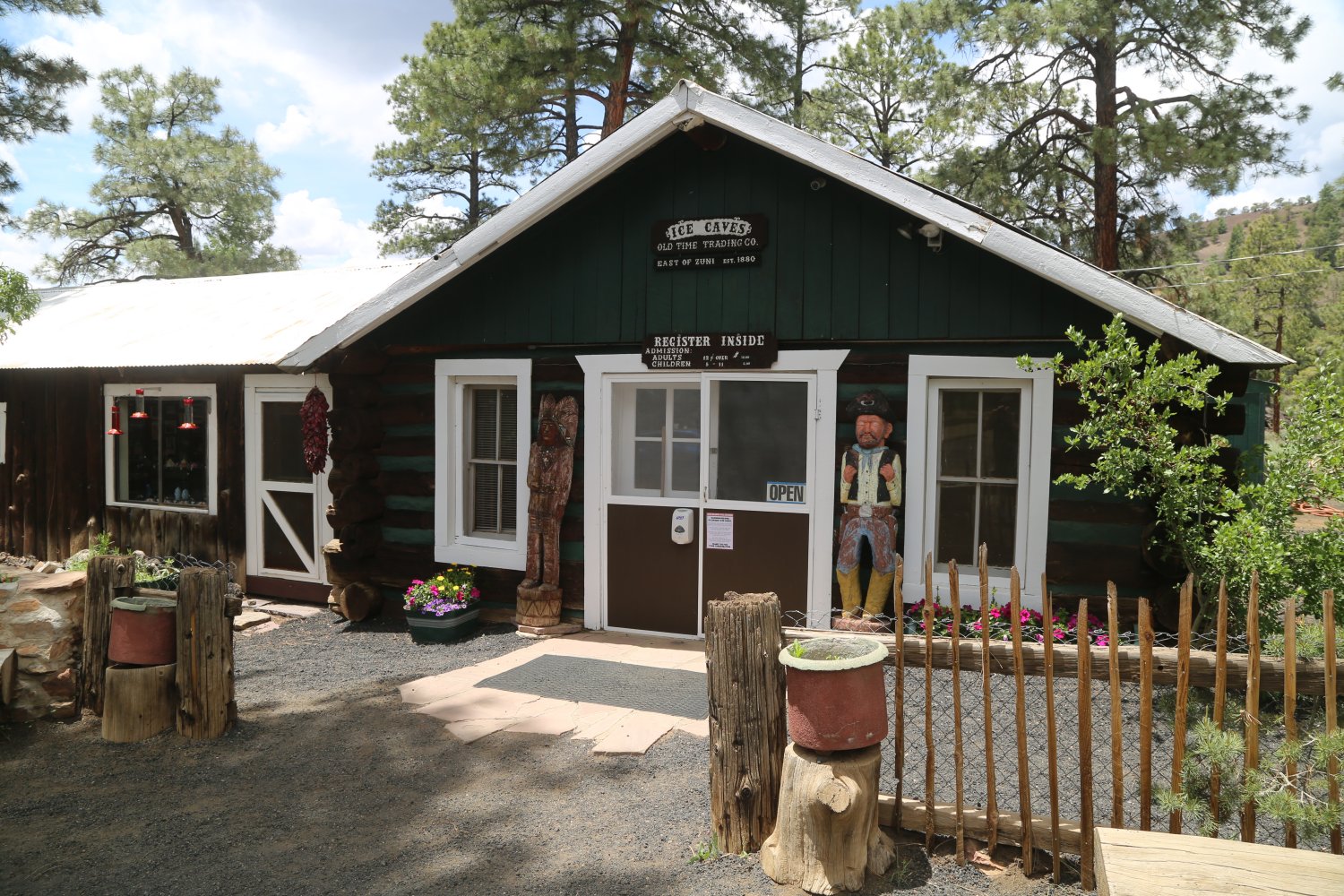
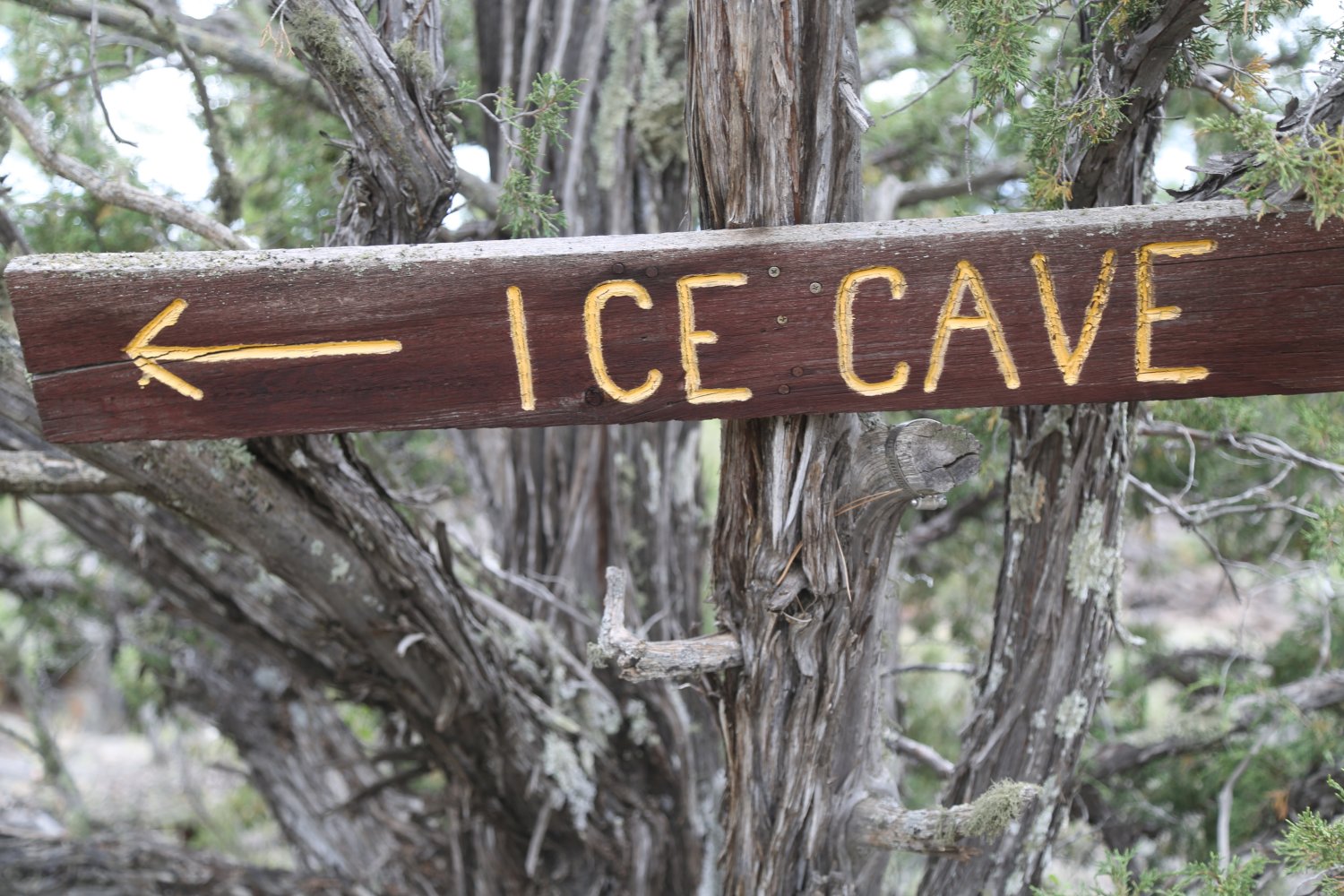
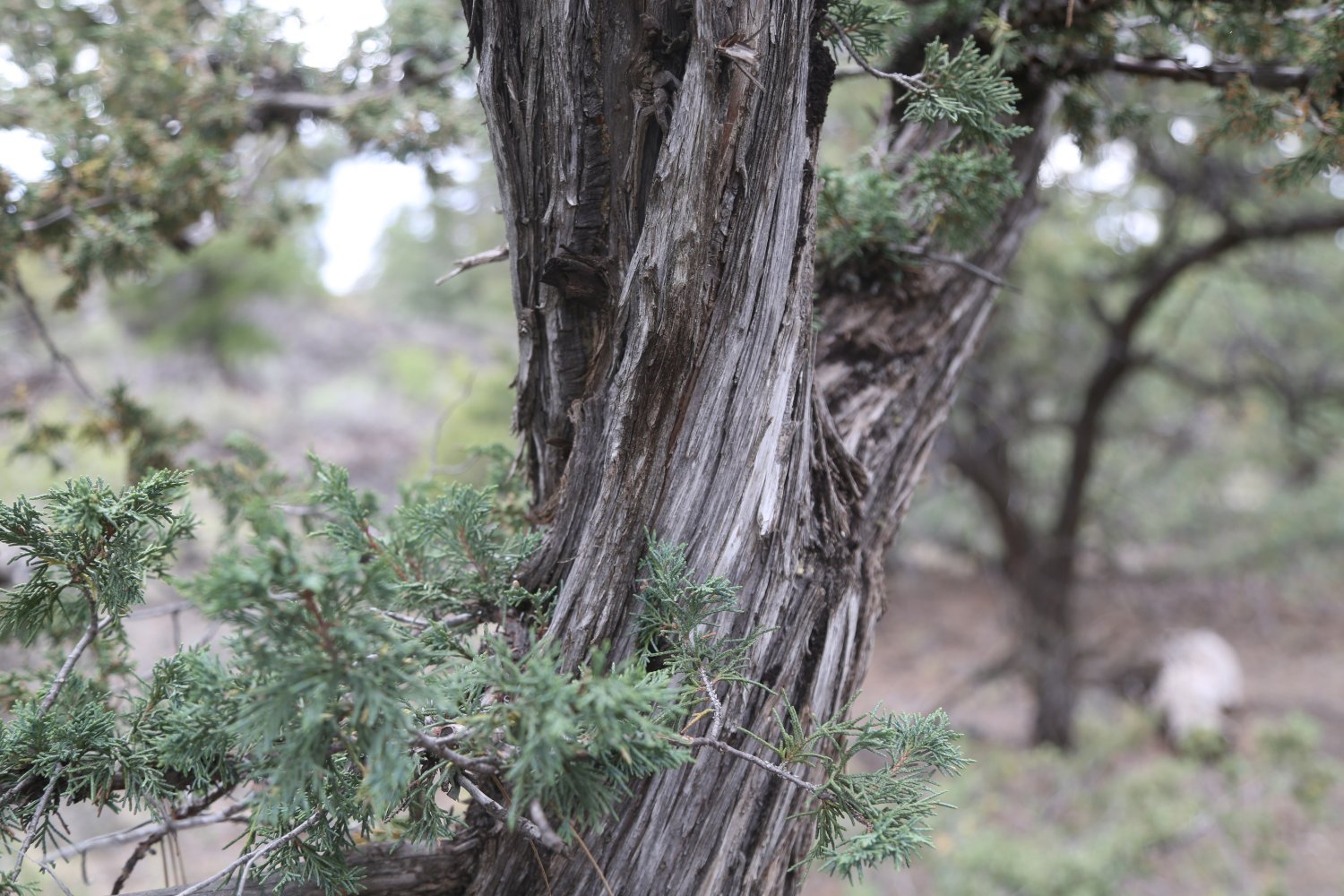
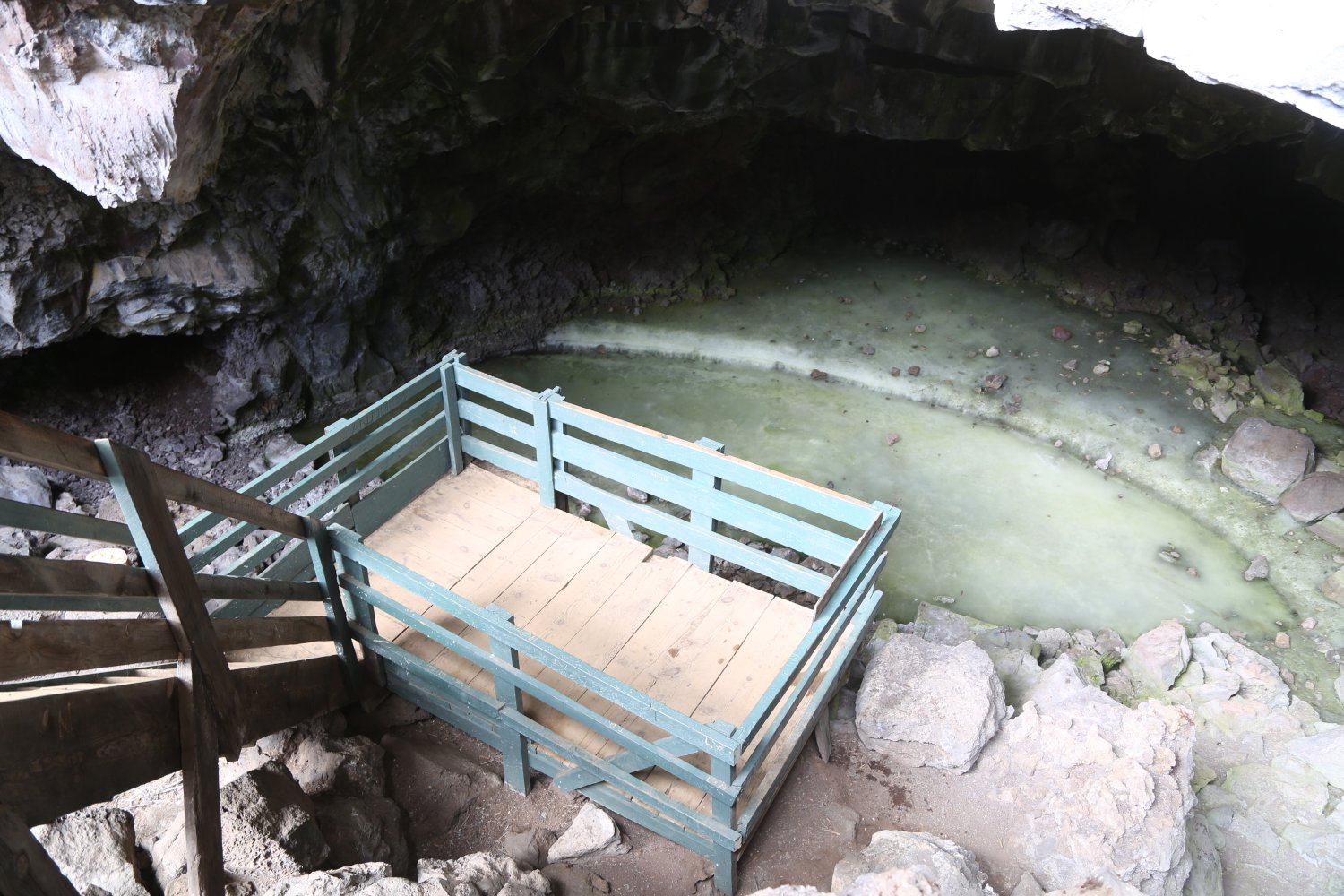
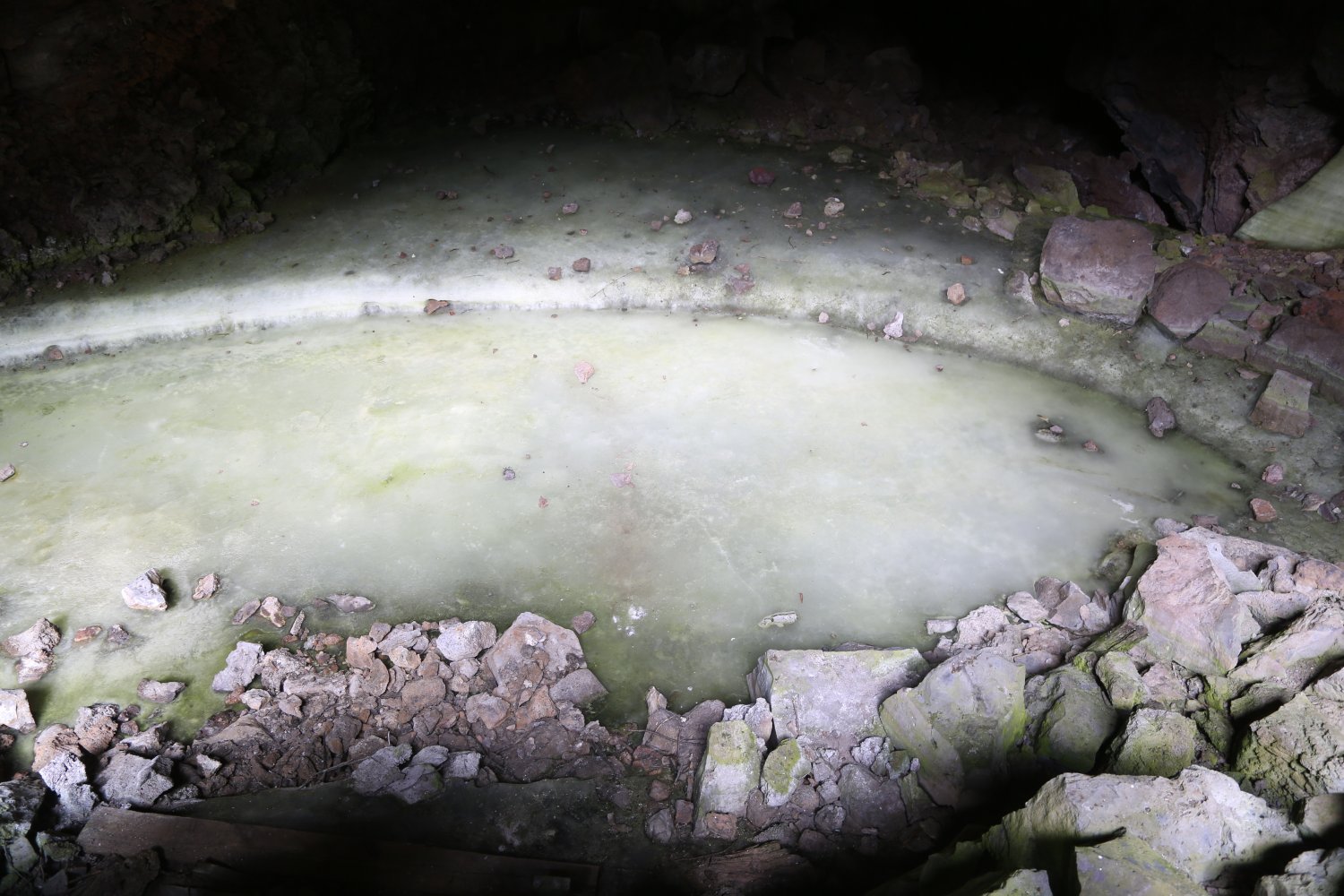
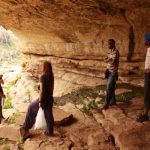

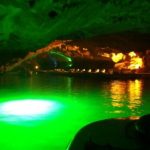



Leave a Reply